As contradictory as it may seem, Japanese tempura is known to be a particularly healthy and light fried food. The preparation of the batter is the secret of the lightness of the fried food, whose specialty is to be much less caloric than its Western equivalents. Let’s take a look at the origins and how tempura is made according to Japanese culinary tradition.
Tempura: origin and meaning
This typical dish of Japanese cooking, made of fried fish or vegetables, dates back to the first contacts Japanese had with Portuguese Jesuits in the sixteenth century. At the beginning of every season the religious observed short periods of abstinence and fasting called Quattro temporary (hence the name tempura), in which they abstained from eating meat, and this dish, because of its ingredients, was suited to be consumed in periods of penance. Tempura became an exclusive dish for the social classes who could afford oil for frying, which was rare in Japan. However, it was not until the middle of the Edo period (1603-1868), when tempura began to be sold in markets, that it became popular and became a fundamental dish of Japanese cuisine.
Tricks for a perfect batter
It is the thermal shock that gives tempura its extraordinary lightness, therefore the first trick for a perfect batter is the temperature of the water with which the flour is mixed. This must be cold (you can also add some ice cubes) and sparkling because the presence of air bubbles favors the crispness of the fried food. To maintain the cold effect you can work in a metal bowl overlaid with one containing ice, or store the batter in the refrigerator for 15-30 minutes before using it. The ingredients you will be frying should also be cold, so the temperature difference with the hot oil will quickly seal the batter, protecting the food from absorbing too much fat. The last tip is lumps. The batter should be fluid but blended quickly, not processed. A few stirrings with a kitchen whisk will be enough to leave it as raw as possible and this will help make the frying even crispier.
Oil temperature
Heating oil to the right temperature means reaching the smoking point, that is the maximum temperature before the oil starts to burn and decompose. Tempura needs a hot but not red-hot oil (180°C maximum) and the temperature must remain constant. In order not to lose this stability, it will therefore be essential to cook a few pieces at a time and to remove from the saucepan any residual batter, which would continue to burn. The ideal pan which allows to heat oil uniformly is the wok. It is recommended not to add salt or aromas during frying, because this would accelerate the alteration of the oil, nor cold oil, which would lower the temperature by blocking the cooking process, with the consequence of an excessive absorption of oil in the food.
What to Fry in Tempura
Foods that are most frequently fried are seafood, such as squids and shrimps, and vegetables, in particular mushrooms, carrots, eggplants, and zucchini. In order to prevent shrimps from curling during frying, you can flatten them slightly after having cleaned them. Vegetables should be cut in thin sticks or reduced in strips in order to speed up cooking. Moreover, it is important that they are well dried before putting them in the batter, in order for the batter to adhere better. There are also some herbs dear to Japanese cooking which are fried in tempura: maple leaves, with a bittersweet taste, lotus roots, rich in virtues, bamboo shoots, which have the particularity of always remaining crispy, okra, with a delicate taste, or simply basil.
Original tempura recipe
For the batter
The batter requires only:
100 gr cold water;
100 g rice flour.
Dip the chosen fish or vegetable in the rice flour and then in the batter.
Tempura involves steaming the food first. During frying, the water contained in the food will evaporate and the food, cooking in its own liquid, will keep its nutritional properties unchanged.
Oil for Tempura
The oil for tempura used in Japan is sesame oil, which gives the frying a characteristic taste. As an alternative, it can be used a light oil, such as sunflower oil or soybean oil, or one which does not cover the taste of food and helps to exalt the crispness of fried foods.
The right oil temperature
You can check the temperature with a kitchen thermometer, or with the traditional method: a drop of batter in the oil. If it comes right back to the surface and doesn’t darken too quickly, the temperature is right.
Dip one ingredient at a time
Place the battered ingredients in the oil, without touching or turning them over and over, and cook until golden brown. Cooking times vary depending on the ingredients.
How to serve tempura
The fried food must be drained, better if with a grating, then laid on blotting paper and served hot, possibly on a wooden plate, which not being cold as ceramic will not cool tempura. Among the oriental sauces to be matched to tempura, ponzu sauce is among the best ones.

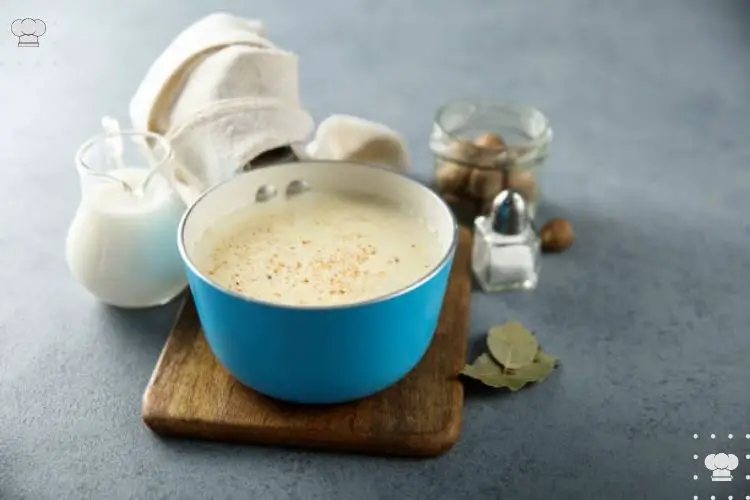
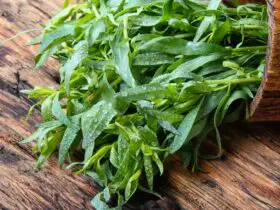
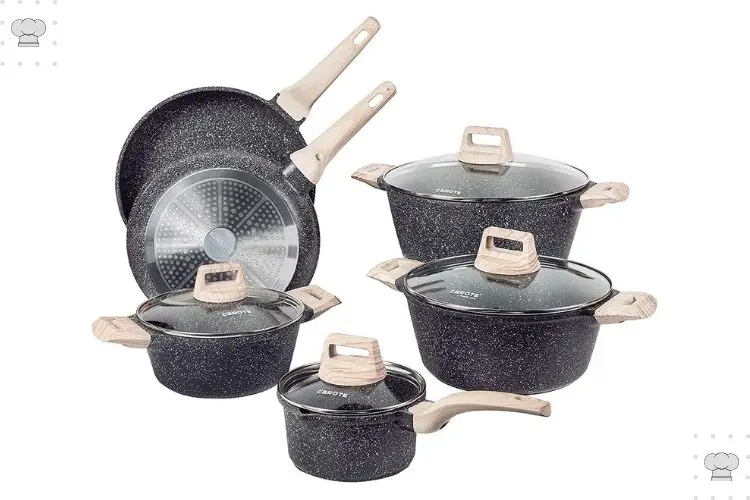



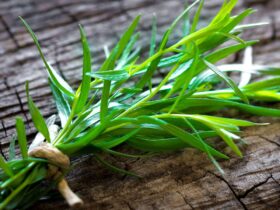




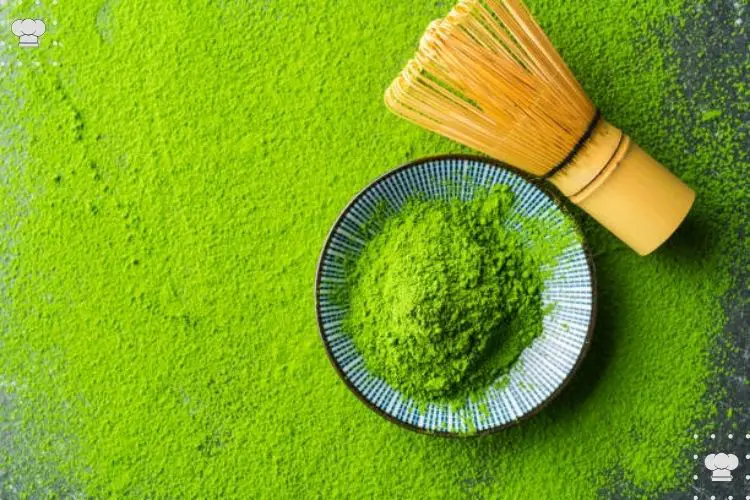

Leave a Reply